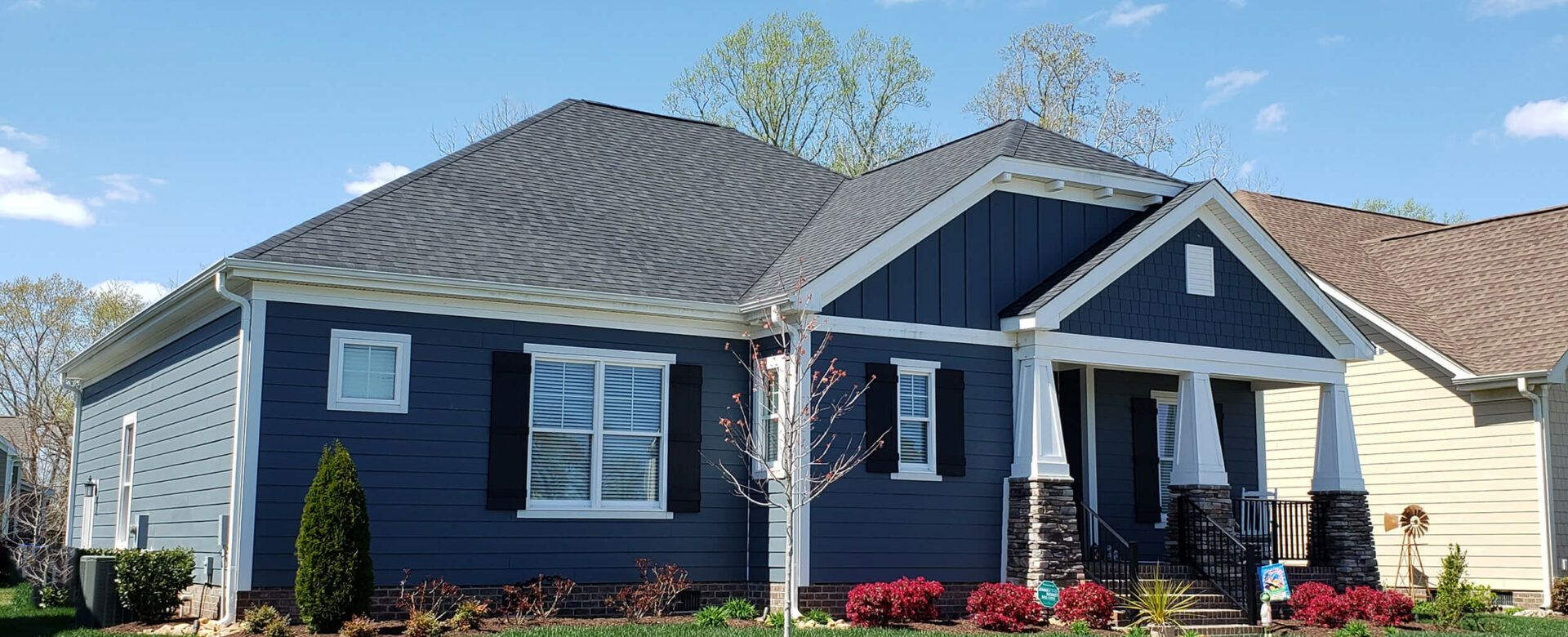Asphalt shingles have long been the most popular roofing materials in residential structures, but the shingle itself has changed over time.
These days there are two basic types of asphalt shingles to choose from: the older, 3-tab style shingle and the newer architectural shingles. While architectural shingles are a newer style, they have become more widely used in new roof construction and roof replacements. Despite both being made from the same basic material, there are several key differences between the two styles.
- Appearance: Architectural shingles, also known as dimensional or laminate shingles, have a more textured, three-dimensional look compared to standard 3-tab shingles. They are designed to mimic the appearance of natural materials like wood or slate and can enhance the curb appeal of a home. 3-tab shingles lie flat against the roof decking with little to no variation or texture.
- Thickness and Weight: Architectural shingles are generally thicker and heavier than 3-tab standard shingles. They are composed of multiple layers of asphalt and have a fiberglass mat core. The added thickness and weight contribute to their durability and longevity.
- Durability and Warranty: Due to their multi-layered construction, architectural shingles tend to be more durable and have a longer lifespan than standard 3-tab shingles. They are more likely to withstand harsh weather conditions such as the heavy rain, wind, and other severe storm conditions we often see in Southeast Virginia.Architectural shingles also have better wind resistance compared to 3-tab shingles. The multiple layers and the heavier weight help them stay in place during strong winds. They are often rated to withstand winds of 110 mph or more, while standard 3-tabs may be rated for lower wind speeds. Many architectural shingles come with warranties ranging from 30 to 50 years, whereas standard 3-tab shingles usually have shorter warranties.
- Cost: Architectural shingles are typically more expensive than standard 3-tab shingles due to their enhanced appearance, durability, and longer lifespan. However, in the Tidewater Roads region, based on the average size of homes, architectural shingles are typically only about $100-500 more per job, making them well worth the value for the additional years you can expect to get from them.
- Installation: The basic approach to installing architectural shingles is not that much different than traditional 3-tab shingles, but they are heavier and have a layered design that requires professional installation by a licensed roofing contractor. Always make sure any roofing professional you use is licensed and insured before signing any contracts or work agreements and get all warranty information on both the material and workmanship in writing.
- Availability: Standard 3-tab shingles have been widely used for many years and are readily available in various colors and styles. However, as architectural shingles have gained popularity over time, they are also now widely available and manufacturers are offering a wide range of options and colors to suit different architectural styles and preferences.
If you’re building a new home or considering replacing your roof, take some time to consider the materials you will be investing in. Of course, you have to balance a budget, but it’s also just as important to consider the durability of your investment in the storm and hurricane-prone area in which we live in addition to the look you want your home to have.
If in doubt, give Andrews Roofing a call. We can sit down with you and provide our expertise from decades in the roofing business in Hampton Roads as well as physical samples of different materials and even an online design tool with digital renderings of your home so you can see exactly what your choices will look like before committing. Contact us today.

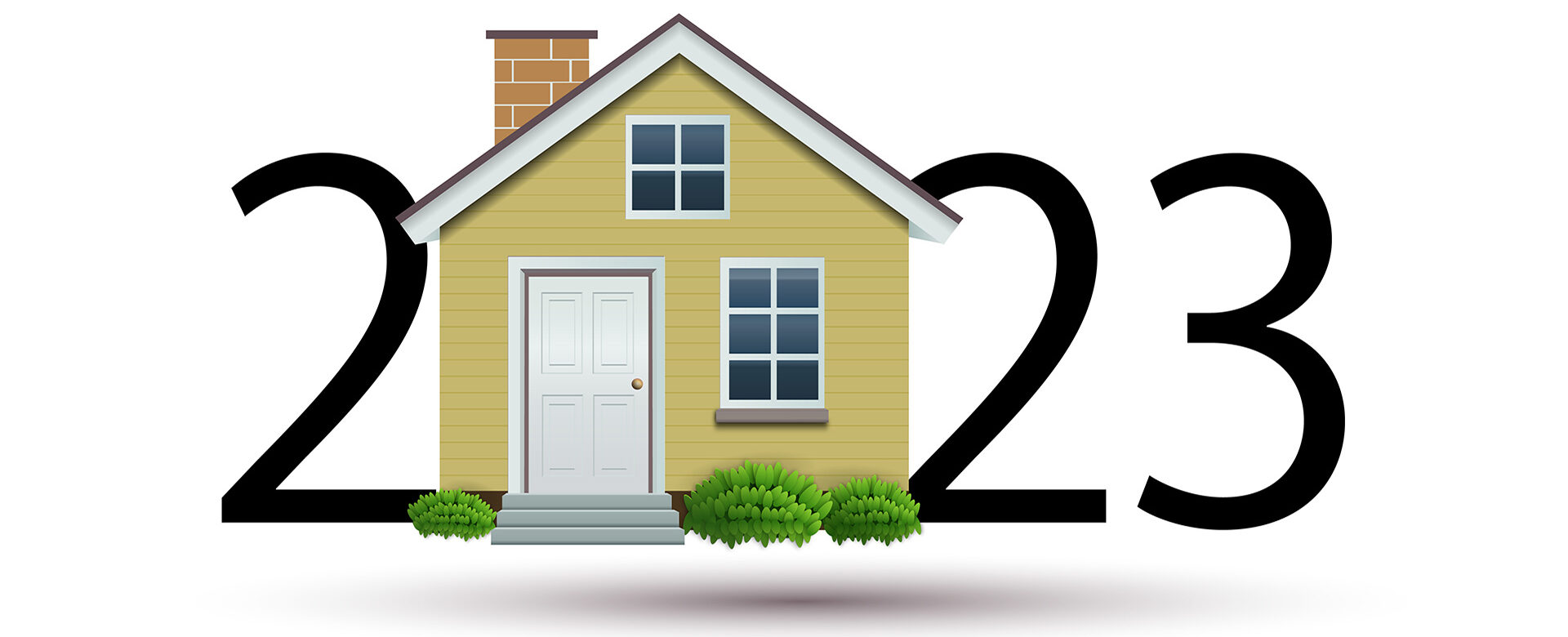

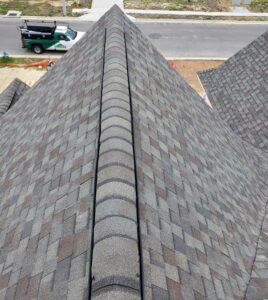 As the weather changes from cold to mild to hot in Hampton Roads, you may find yourself fiddling with the thermostat more than usual. The dramatic changes in temperature that the spring season brings to southeast Virginia can affect a lot of systems around your house, and your roof is no exception.
As the weather changes from cold to mild to hot in Hampton Roads, you may find yourself fiddling with the thermostat more than usual. The dramatic changes in temperature that the spring season brings to southeast Virginia can affect a lot of systems around your house, and your roof is no exception.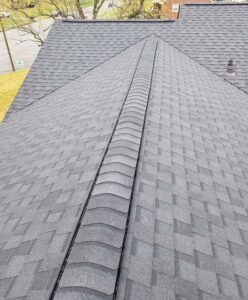 Your roof is highly susceptible to temperature changes both inside and outside of your home due to the sheer surface area and exposure to the elements. This is why proper ventilation is critical. In fact, ventilation may be the most important factor in roof durability. It’s easy to focus on the durability factors of your roofing materials – the lifespan of metal versus asphalt shingles versus composite materials and so on. But no matter how well made a roofing material is, if it’s installed over an unventilated roof, it’s bound to fail.
Your roof is highly susceptible to temperature changes both inside and outside of your home due to the sheer surface area and exposure to the elements. This is why proper ventilation is critical. In fact, ventilation may be the most important factor in roof durability. It’s easy to focus on the durability factors of your roofing materials – the lifespan of metal versus asphalt shingles versus composite materials and so on. But no matter how well made a roofing material is, if it’s installed over an unventilated roof, it’s bound to fail.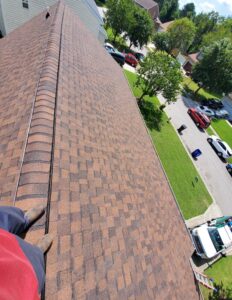
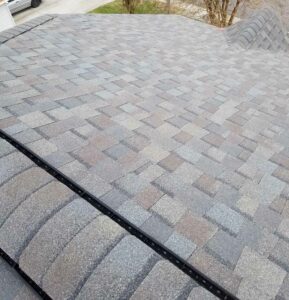 In addition to this free flow of air, insulation can play a key role in proper attic ventilation. Ideally an attic will have a gap-free layer of insulation on the attic floor to protect the house below from heat gain or loss. It will also have a vapor retarder under the insulation and next to the ceiling to stop moisture from rising up from the home into the attic space. Then there should be enough vented spaces to let air in and out, and finally, there should be a minimum of one inch between the insulation and the roof sheathing. With these systems in place, your attic and roof are likely to stand the test of time.
In addition to this free flow of air, insulation can play a key role in proper attic ventilation. Ideally an attic will have a gap-free layer of insulation on the attic floor to protect the house below from heat gain or loss. It will also have a vapor retarder under the insulation and next to the ceiling to stop moisture from rising up from the home into the attic space. Then there should be enough vented spaces to let air in and out, and finally, there should be a minimum of one inch between the insulation and the roof sheathing. With these systems in place, your attic and roof are likely to stand the test of time. The best way to ensure that all of the proper ventilation measures have been taken to extend the life of your roof is to work with a qualified, licensed roofing contractor. At Andrews Roofing, we’ve been providing Hampton Roads homeowners with high quality roofing services for years, and we are experienced with the unique seasonal and meteorological issues that homes in this area face. If you’re concerned about your roof receiving ideal ventilation or if you need your roof system repaired or replaced,
The best way to ensure that all of the proper ventilation measures have been taken to extend the life of your roof is to work with a qualified, licensed roofing contractor. At Andrews Roofing, we’ve been providing Hampton Roads homeowners with high quality roofing services for years, and we are experienced with the unique seasonal and meteorological issues that homes in this area face. If you’re concerned about your roof receiving ideal ventilation or if you need your roof system repaired or replaced, 
